Do you have a question about the GE LP 33 Series and is the answer not in the manual?
Essential safety guidelines for operating and installing the UPS, covering general and installation precautions.
Explanation of safety warnings and symbols used in the manual to highlight potential hazards.
Diagrams illustrating the physical layout and internal components of the 60-80 kVA models.
Diagrams showing the physical layout and internal components of the 100-120 kVA models.
Overview of the LP 33 Series UPS, its purpose, and key features for critical loads.
Explanation of the UPS principal diagram and its main functional elements.
Guidelines for safe transport of the UPS, including lifting and handling procedures.
Instructions for checking the UPS upon delivery and reporting any transport damage.
Recommendations for storing the UPS and its batteries to maintain optimal condition.
Criteria for selecting an appropriate installation site, considering environmental factors and clearances.
Information on UPS heat dissipation and required ventilation for proper operation.
Step-by-step procedure for safely unpacking the UPS equipment from its packaging.
General guidelines and precautions for electrical wiring and connections to the UPS system.
Detailed instructions for making power connections to the UPS, including terminal access.
Description of the UPS front panel, including its display, keys, and status indicators.
Overview of the main screen displayed on the UPS LCD, showing key parameters and functions.
Explanation of how alarms and messages are displayed and categorized in the UPS system.
A comprehensive list of alarm codes, their meanings, and associated conditions for troubleshooting.
Information for identifying the specific UPS unit, including model, serial number, and software versions.
Procedure for setting the UPS's internal date and time parameters.
Configuration settings for the modem interface, enabling remote control and communication.
Settings to customize the UPS display, including name, language, and contrast.
Configuration parameters for the energy-saving ECO Mode, including scheduling and operation.
Step-by-step procedures for operating a single LP 33 Series UPS unit.
Procedure for initial start-up of the LP 33 Series UPS in a parallel system configuration.
Details on the serial port for remote management and connection to PC.
Information on the Relay Card, its output signals, and voltage-free contacts for system monitoring.
Instructions for connecting and using the Emergency Power Off switch for immediate shutdown.
Optional Redundant Parallel Architecture kit for system expansion and increased reliability.
Optional battery packs to extend the UPS runtime, housed in the UPS or separate cabinets.
Interface allowing exchange of information (monitoring and control) via serial port and programmable channels.
Optional SNMP card for network management via Ethernet, providing UPS status information.
Software for UPS status monitoring and alarm notification, supporting remote management and diagnostics.
Detailed instructions for assembling and connecting the Customer Interface option to the UPS.
Overview of periodic preventive maintenance for UPS systems to ensure reliability.
Information on the expected operational life of cooling fans and factors affecting it.
Recommendations for replacing components with limited lifetimes, such as capacitors and batteries.
Guidelines for battery maintenance, including testing, charging, and replacement considerations.
Indication of when service is required, based on operating hours without technician intervention.
A form for recording operational notes, maintenance activities, and abnormal situations related to the UPS.
Reference to the technical data sheet containing detailed specifications of the UPS.
Information on the availability of UPS schematic diagrams, included on CD-ROM.
Details on the enclosed CD-ROM containing complete documentation in various languages.
Essential safety guidelines for operating and installing the UPS, covering general and installation precautions.
Explanation of safety warnings and symbols used in the manual to highlight potential hazards.
Diagrams illustrating the physical layout and internal components of the 60-80 kVA models.
Diagrams showing the physical layout and internal components of the 100-120 kVA models.
Overview of the LP 33 Series UPS, its purpose, and key features for critical loads.
Explanation of the UPS principal diagram and its main functional elements.
Guidelines for safe transport of the UPS, including lifting and handling procedures.
Instructions for checking the UPS upon delivery and reporting any transport damage.
Recommendations for storing the UPS and its batteries to maintain optimal condition.
Criteria for selecting an appropriate installation site, considering environmental factors and clearances.
Information on UPS heat dissipation and required ventilation for proper operation.
Step-by-step procedure for safely unpacking the UPS equipment from its packaging.
General guidelines and precautions for electrical wiring and connections to the UPS system.
Detailed instructions for making power connections to the UPS, including terminal access.
Description of the UPS front panel, including its display, keys, and status indicators.
Overview of the main screen displayed on the UPS LCD, showing key parameters and functions.
Explanation of how alarms and messages are displayed and categorized in the UPS system.
A comprehensive list of alarm codes, their meanings, and associated conditions for troubleshooting.
Information for identifying the specific UPS unit, including model, serial number, and software versions.
Procedure for setting the UPS's internal date and time parameters.
Configuration settings for the modem interface, enabling remote control and communication.
Settings to customize the UPS display, including name, language, and contrast.
Configuration parameters for the energy-saving ECO Mode, including scheduling and operation.
Step-by-step procedures for operating a single LP 33 Series UPS unit.
Procedure for initial start-up of the LP 33 Series UPS in a parallel system configuration.
Details on the serial port for remote management and connection to PC.
Information on the Relay Card, its output signals, and voltage-free contacts for system monitoring.
Instructions for connecting and using the Emergency Power Off switch for immediate shutdown.
Optional Redundant Parallel Architecture kit for system expansion and increased reliability.
Optional battery packs to extend the UPS runtime, housed in the UPS or separate cabinets.
Interface allowing exchange of information (monitoring and control) via serial port and programmable channels.
Optional SNMP card for network management via Ethernet, providing UPS status information.
Software for UPS status monitoring and alarm notification, supporting remote management and diagnostics.
Detailed instructions for assembling and connecting the Customer Interface option to the UPS.
Overview of periodic preventive maintenance for UPS systems to ensure reliability.
Information on the expected operational life of cooling fans and factors affecting it.
Recommendations for replacing components with limited lifetimes, such as capacitors and batteries.
Guidelines for battery maintenance, including testing, charging, and replacement considerations.
Indication of when service is required, based on operating hours without technician intervention.
A form for recording operational notes, maintenance activities, and abnormal situations related to the UPS.
Reference to the technical data sheet containing detailed specifications of the UPS.
Information on the availability of UPS schematic diagrams, included on CD-ROM.
Details on the enclosed CD-ROM containing complete documentation in various languages.
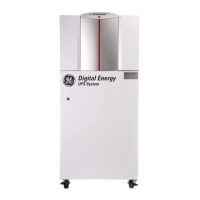
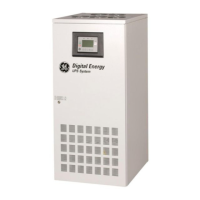
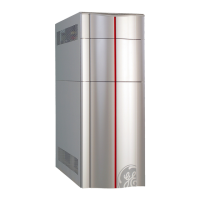
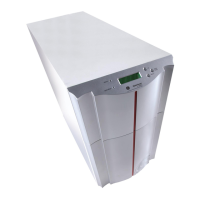
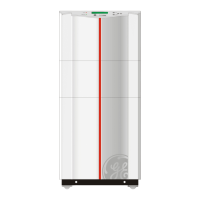
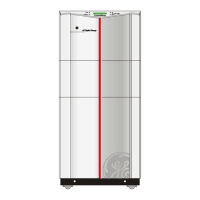
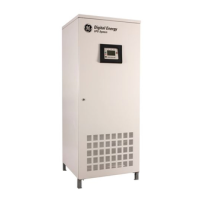
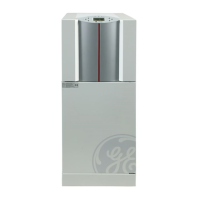
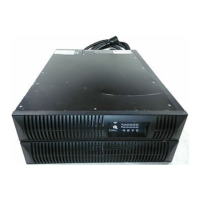


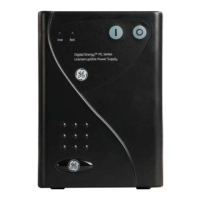
